They’re all the sizes of satellites that have made their mark:
– Sputnik: the first satellite launched in 1957 was about the size of a beach ball
– UKube: the first Scottish satellite is roughly the size of a shoe box
– TechDemoSat1: the first satellite to launch with a payload using CERN technology and led by a school and is washing machine sized
Following Sputnik’s successful launch in 1957 , I’m sure it was difficult to predict the impact satellites would have on our lives (although Arthur C. Clarke was accurate with his predictions, but unfortunately there was only one Arthur C. Clarke). This week we have seen two firsts: one for Scotland and one for a school. Clyde Space and the Langton Star Centre launched their satellites on board the same ROSCOSMOS Soyuz-2 rocket out of Baikonaur on Tuesday at 16:58 BST.
The investment in both these firsts are from a variety of government agencies, funding councils and other organisations. This financing approach is giving access to space to UK groups that would not normally be able to afford it. I’m looking forward to hearing about the successful operation of the satellites and hope it will encourage others to develop innovative ideas to be flown in space.
Clyde Space
Glasgow company Clyde Space have designed and built UKube-1. It’s known as a nanosatellite, but it’s just over 30cm long, 10 cm wide and 10 cm high. Despite its compact size the diverse technology on board is impressive. The payloads are from universities and examples include the study of space weather and a camera for earth imaging. New satellite technologies are also being tested.
There is a public engagement project aspect to one of the payloads, which is great to see. Pupils can gather telemetry from the Funcube project using a USB dongle and can use the information to carry out their own research.
It’s great to see innovative companies like Clyde Space succeeding in Scotland. Here’s hoping that in the future we’ll have the graduates and skilled workforce companies will need in the expanding space sector.
Langton Star Centre
I had the privilege of meeting teacher Becky Parker on the train from London on our way to the International Astronautical Congress in Glasgow in 2008. From her I found out about the school’s association with CERN and their fantastic idea to use their detector technology to measure cosmic rays. What is immediately apparent when you meet Becky is her passion for pupils to have access to do their own research. At the time I was working for Queen Mary, University of London on outreach projects for the maths and physics departments and I was able to put her in touch with Steve Lloyd who works on GridPP, the computing grid used to analyse data at CERN. It’s great to see the association with GridPP continue.
The project is known as LUCID (Langton Ultimate Cosmic Ray Intensity Detector) and over the years pupils have learned to code, they held meetings with scientists and developed their ideas into a physical existence. They have a mission control set up inside the school where they will receive data.
The technology on board the spacecraft is backed up by a project on the ground called CERN@School. Schools can host a detector similar to the ones flown to collect particle physics data at their location.
Their detector launched on TechDemoSat-1, developed by Surrey Satellite Technology Ltd (SSTL). It’s larger than the Clyde Space satellite at one metre cubed and has 7 payloads in addition to LUCID. This is essentially a platform for testing space technologies that would not normally be available due to the cost. It is hoped that this flight will provide proof of concept for some of the payloads on board and for aspects of the satellite technology.
Congratulations to Becky, the school and all the pupils over the years who contributed to this fantastic project.
Langton Star Centre Mission Control
GridPP
Following on from the excitement of launch, I’ve decided to go for a couple of follow-up blogs on satellites in July. One will be on the locations of the different orbits for the different types of satellites and how they get there and another will look at the range of different uses of satellites.

